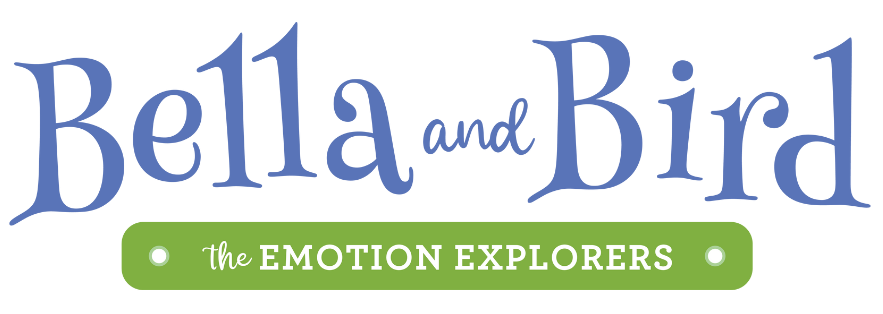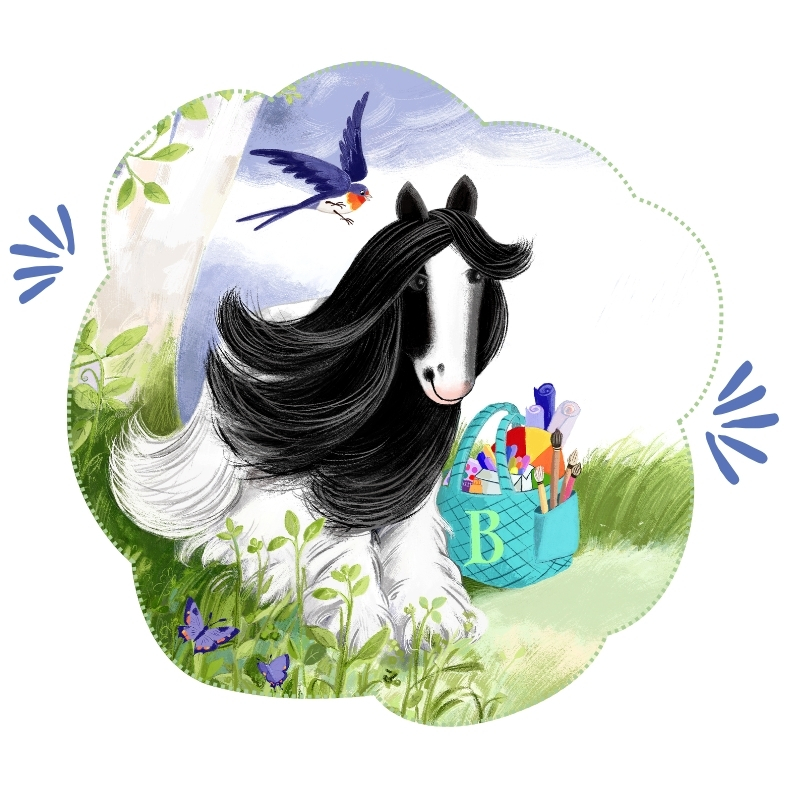Emotional Learning
The process of understanding emotions—both your own and others’. It includes recognizing what you’re feeling, naming those emotions, and learning how to handle them in healthy ways.
Emotional Literacy
Being able to recognize, name, and understand emotions in yourself and others. It’s like learning the language of feelings!
Emotional Intelligence (EI)
The ability to use emotional literacy in real-life situations. It means understanding your emotions, managing them in healthy ways, and using that understanding to build strong relationships and make good choices.
Emotion(s)
A quick, automatic reaction in the body to something that happens—like your heart racing when you’re scared or feeling warm or full of energy when you’re happy.
Feeling(s)
How you personally experience and interpret emotions. Feelings are shaped by your thoughts, memories, and experiences. They often sit below the surface—like under the surface of an iceberg or the rumbling inside a volcano—in response to an emotion.
Self-Awareness
Self-awareness is like having a compass that points to what you’re feeling. It helps you understand where your emotions come from and the feelings you have.
Self-Regulation
The ability to manage your emotions and feelings in a healthy way—like calming down when you’re mad or taking a break when you’re overwhelmed.
Empathy
Understanding and caring about how someone else feels. It’s like stepping into their shoes to see the world from their point of view.
Resilience
The ability to bounce back after something difficult happens. It’s like emotional strength—you might still feel upset, but you keep going and learn from it.
Social Skills
The tools we use to get along with others—like listening, sharing, taking turns, and solving problems together.
Social-Emotional Learning (SEL)
A teacher-based approach to helping children develop emotional and social skills in school. SEL includes things like managing emotions, showing empathy, setting goals, and making responsible decisions.

